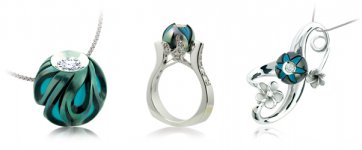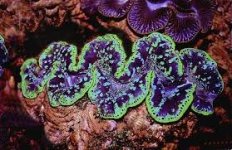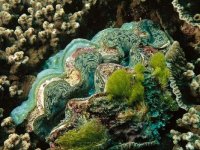Mostawesomecoffee
Community member
- Joined
- Jun 16, 2014
- Messages
- 44
Hi, this is my first post. I've been poking around here, and reading a book I bought, and am curious about the substances used as nucleating material for cultivated pearls. It is my understanding that Mississippi River Shell (MRS) is the preferred nuclear starting material, and that other materials such as the shell of Tridaecna gigas and plastic are used as well. I've heard that shell other than MRS often will disintegrate when used as a nucleating material. Why is this? Why doesn't T. gigas shell disintegrate? Why is T. gigas considered inferior for drilling, is it because it's so much harder than MRS? Is there a general guideline as to what can be used and what can't? It seems that if plastic can be used, most anything should be an option.




